News
Downtown arts and culture district plans, price tag spark debate
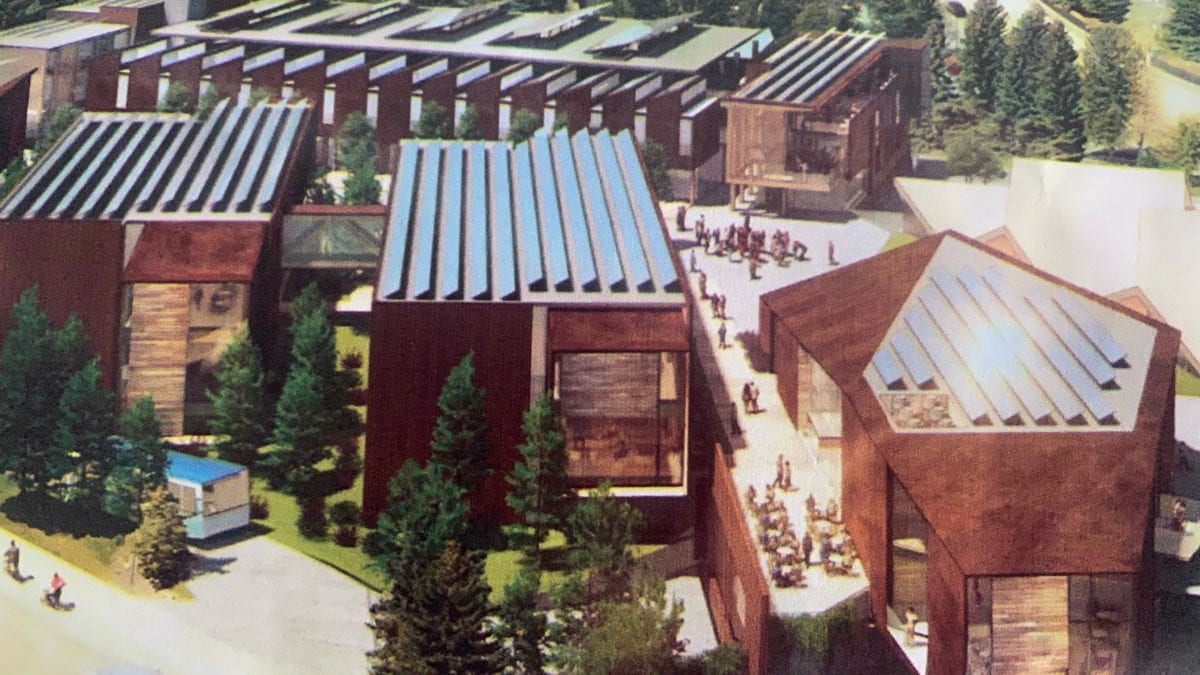
Artist's rendering of the completed arts and culture district site. Photo: Courtesy GTS Development Services
PARK CITY, Utah. — The piles of debris behind the fencing at the corner of Kearns and Bonanza signal the end of one era and the beginning of another.
As the buildings fell this week, some locals lamented the loss of beloved longtime tenants such as Anaya’s Market, and what they feared is impending gentrification. Others – especially those inside City Hall – heralded a much-needed facelift for that neighborhood, and tangible progress on a long-held goal to revitalize the area with an arts and culture district that includes 50 affordable housing units among its amenities.
And another group, including Historic Main Street merchants and city councilman Steve Joyce, fretted over a price tag and funding mechanism they say are not in the city’s best interests.
Plans for the five-acre site are wide-ranging: they include underground parking, new headquarters for the Kimball Arts Center and The Sundance Institute, widened bus pull-out, sidewalks and footpaths, a new bus stop and transit cafe, a youth media center, multi-use outdoor space, studios and visiting residents’ space for artists and makers, and retail, food court and restaurant components.
Artists’ renderings of the plans look dynamic and inviting. Consulting architect/developer Steve Swisher of GTS Development is known for such once-in-a-generation projects; his firm spent seven years building the George S. and Delores Doré Eccles Theater in Salt Lake City.
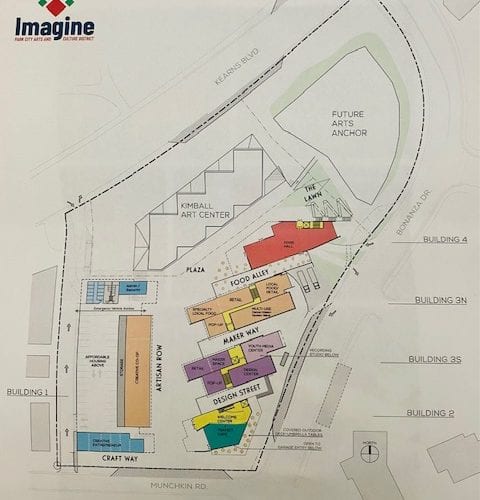
The arts and culture district project means different things to different people. One thing everyone seems to agree on is this: the project’s $108 million price tag, which ballooned by more than 30% over early estimates, is a bitter pill to swallow.
“It’s frustrating; you hate to talk about something publicly and then have to say, ‘sorry, it’s more,'” said David Everitt, deputy city manager at Park City Municipal, who is overseeing the project.
He said costs jumped partly because city employees, himself included, relied too heavily on early estimates that later proved to have been off in areas such as square footage. Unfortunately those errors were larger than typical for such projects, and wound up off by 20 percent.
The new price tag reflects not just corrections to those, but also the post-COVID reality of soaring prices for construction and materials, especially lumber.
Another significant expense is the excavation of contaminated soil, a byproduct of the city’s mining history. According to letters of intent signed in 2017 between the city, Kimball Arts Center and The Sundance Institute, the city will cover “environmental site remediation,” the cost of which can vary tremendously based on how far the soil must be hauled, for one.
Everitt said this week that the city is 98% certain that the soil can be taken to the site known as Gordo near Quinn’s Junction – a far cheaper option than moving it farther from the city.
All of this has the city looking for ways to save, from using different materials to possibly shelving portions of the project or building out in phases. Most pressingly, the city must nail down how the bills will be paid.
The city planned to tap Transient Room Tax (TRT) funds, which are earmarked for arts and culture projects. But a year without tourism was not kind to that account. A plan under consideration now involves borrowing against a portion of the city’s Additional Resort Sales Tax (ARST). Doing so requires a bond on future ARST income for the next 8-10 years; this would not be a general obligation bond, so it would not be put to voters, and would not affect property taxes.
It would, however, restrict the city’s ability to issue additional bonds using ARST money for other capital improvement projects arising in future years, though such projects could potentially be funded with other money.
Ballooning costs, questions about return on investment, and the prospect of committing the city to years of debt service led councilman Joyce to oppose the project in recent meetings.
“It’s startling to me that we got all the way to the end where they’re literally ready to start before we had a discussion about how we’re going to pay for it,” Joyce said Wednesday.
The Historic Park City Alliance of business owners wrote a letter to Mayor Andy Beerman and the city council this month, detailing opposition to the bond as a financing method, partly because it would mean less money available for Main Street upgrades.
“The businesses feel it is important to continue to fund and improve Main Street, especially given the significant amount of sales tax funds it provides for the City and, as the General Plan states, it is a critical priority as the heart of our town. Investing in Main Street has a proven ROI,” the letter said in part. “The members of the HPCA unanimously disagree with use of the Resort City Sales Tax funds as currently proposed for the Arts and Culture District and ask the City Council to identify an alternate funding source for the project.
COVID didn’t just hammer tourism-filled tax coffers and incite supply-chain woes. It also decimated non-profits’ budgets, leading to uncertainty about Kimball Arts Center’s and The Sundance Institute’s participation. Both have been functioning as marquee project partners, though only Kimball’s name is currently on the renderings.
Everitt said the letters of intent that Kimball Arts Center and Sundance signed are “still accurate conceptually but subject to negotiation.”
Betsy Wallace, managing director and COO of The Sundance Institute, expressed support for arts and culture in Park City and said Sundance will remain headquartered here.
“The city has been a great partner of ours for years, as has Kimball Arts Center. We believe (arts and culture) is a wonderful additive to the city and it makes Park City a more holistic place to visit or a place to live,” she said. “It is a great additive even for the skiers; they may want to ski in the morning, do 10 runs, then come down and enjoy arts and culture and enjoy main street.”
She acknowledged that COVID has caused serious financial hardship for many non-profits, and that Sundance is “trying to figure out what next year will look like.”
The institute’s board of directors will be examining project costs that have risen significantly since their initial estimation. Though “we don’t know what COVID will do next year,” Wallace said the institute is considering a hybrid film festival for 2022.
Everitt said the city wants the new district to complement, not compete with, other business districts. As downtown is “historically the heart and soul of the city,” its preservation is a primary concern as well, he said.
The city council doesn’t need the HPCA’s approval to issue a bond. The question is whether it’s comfortable with the proposed funding plan. And that may depend on input from residents, who have thus far not offered significant input beyond airing opinions on social media.
“You just don’t spend $100 million in a budget our size and not have monstrous impacts,” Joyce said. “We’ll see down the road whether I was wrong or right.”
The city compiled a project information page for residents here.
A public hearing will be held Wednesday, March 31, and public comments are welcome. Start time, agenda, and participation instructions will be posted here on Monday: https://www.parkcity.org/…/current-public-meeting-info
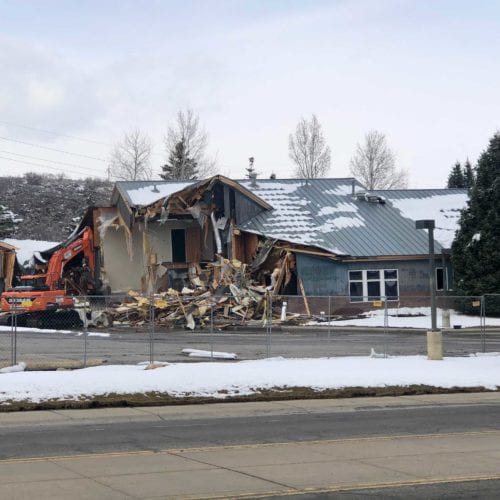











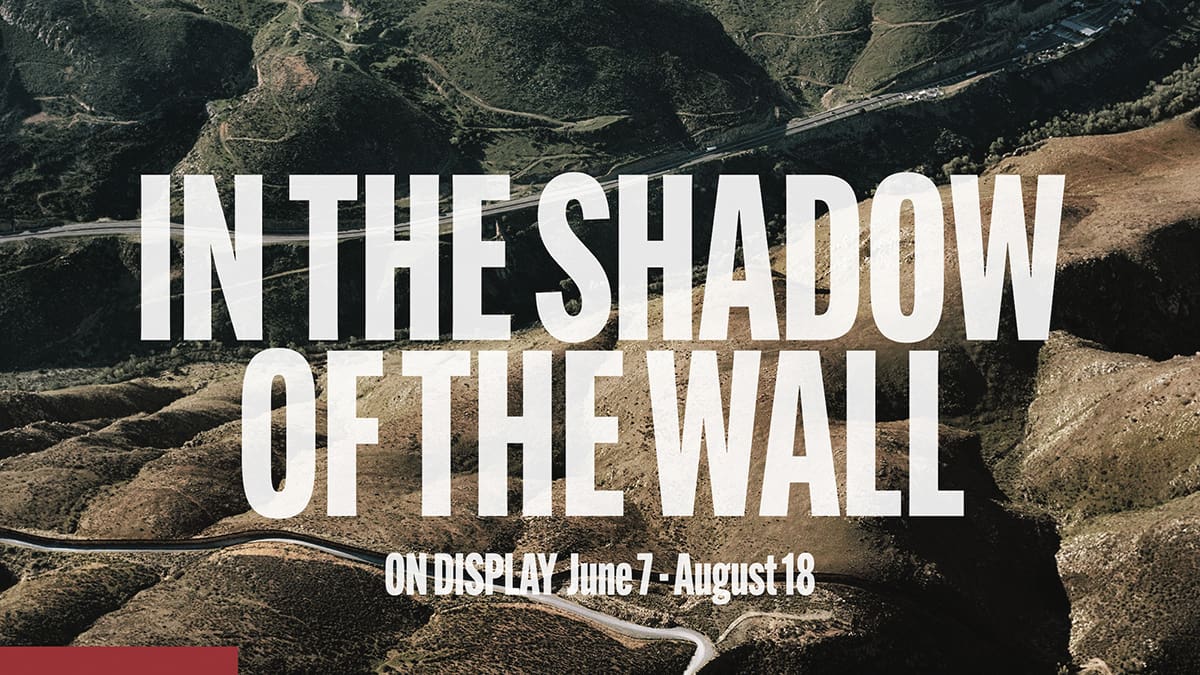
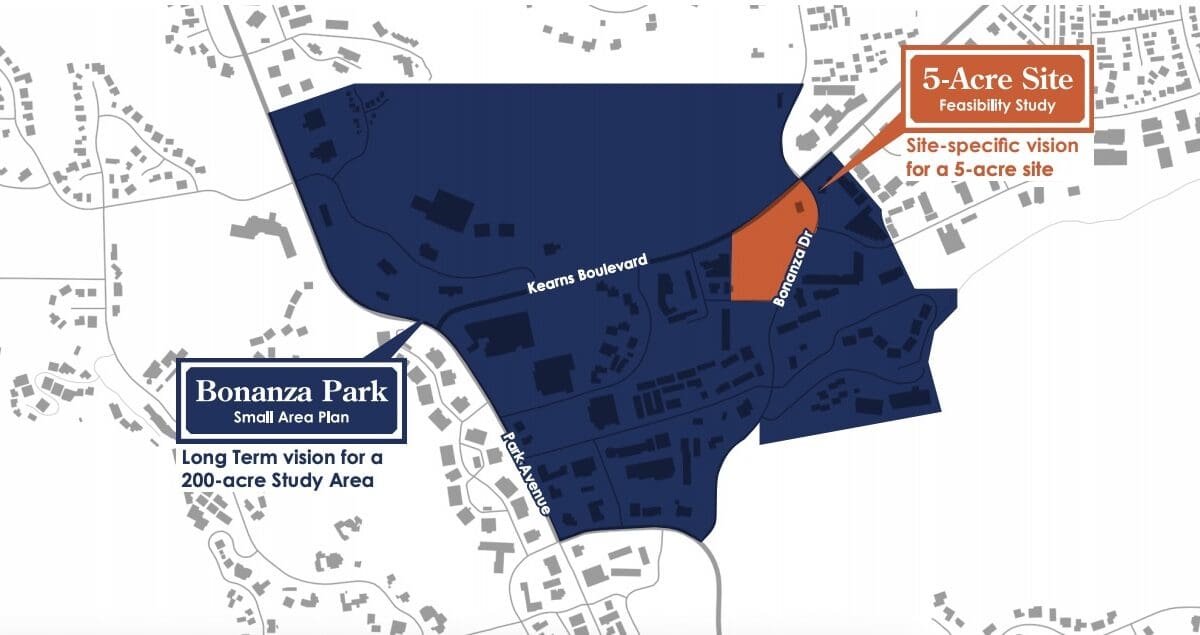
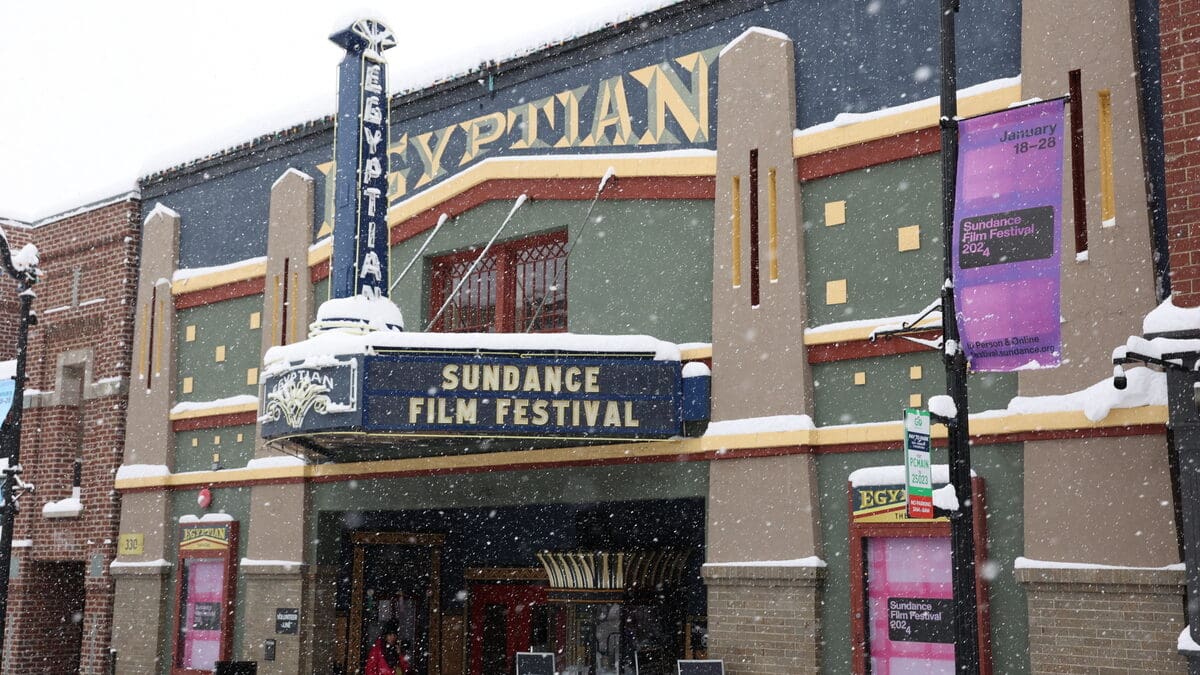

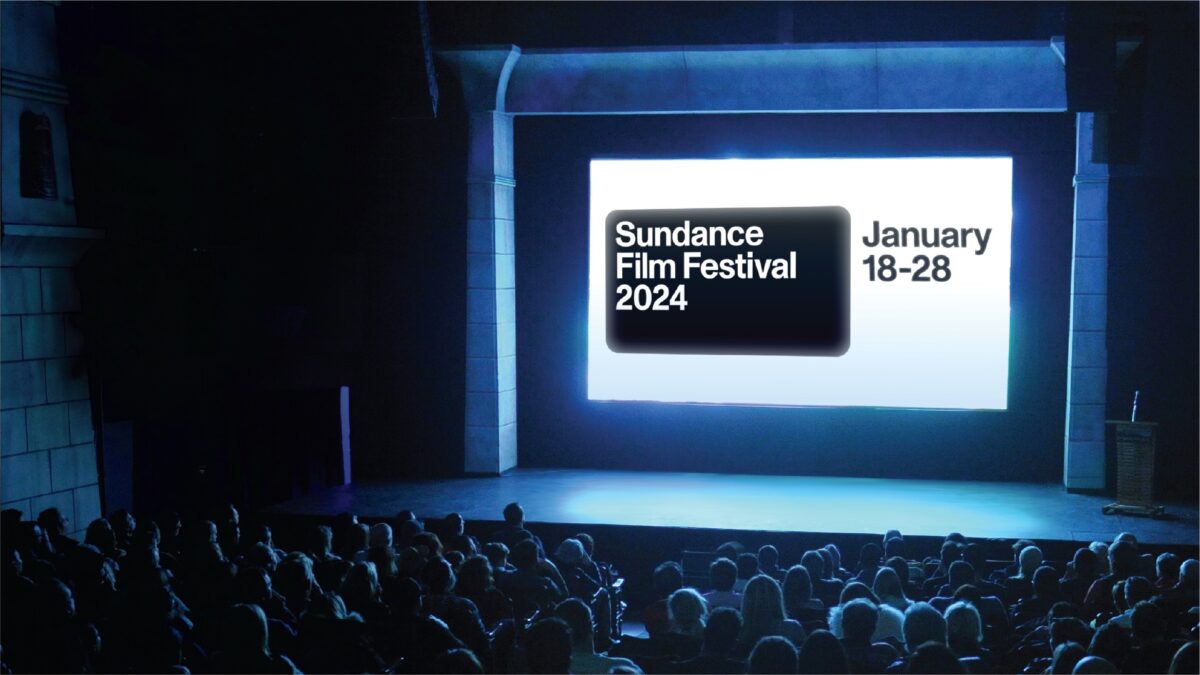
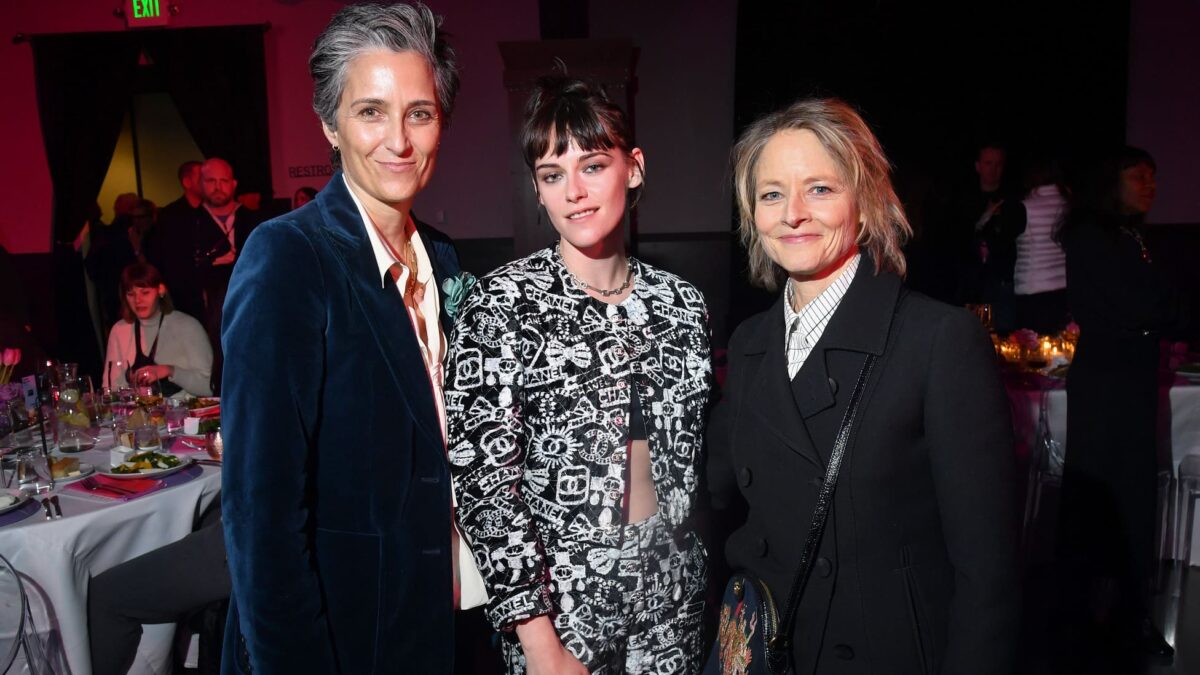
You must be logged in to post a comment.